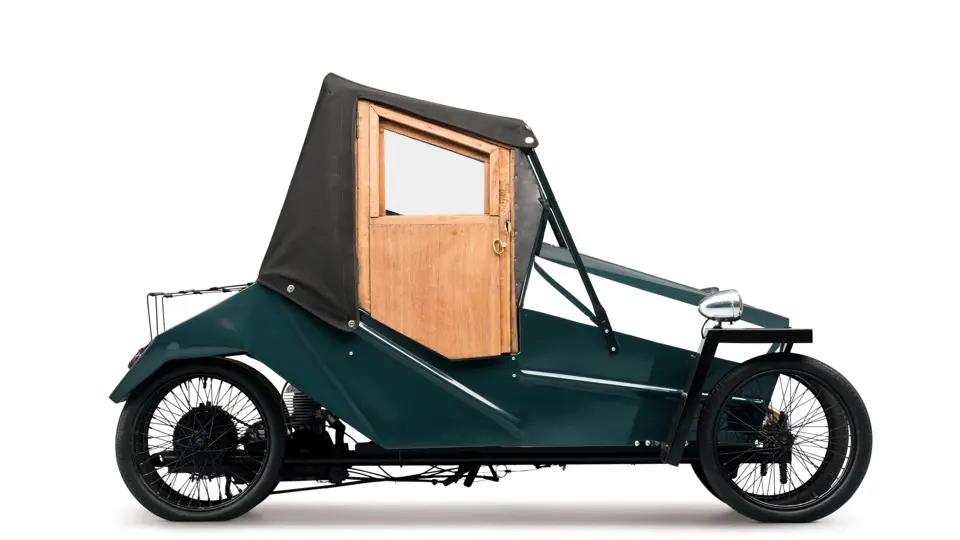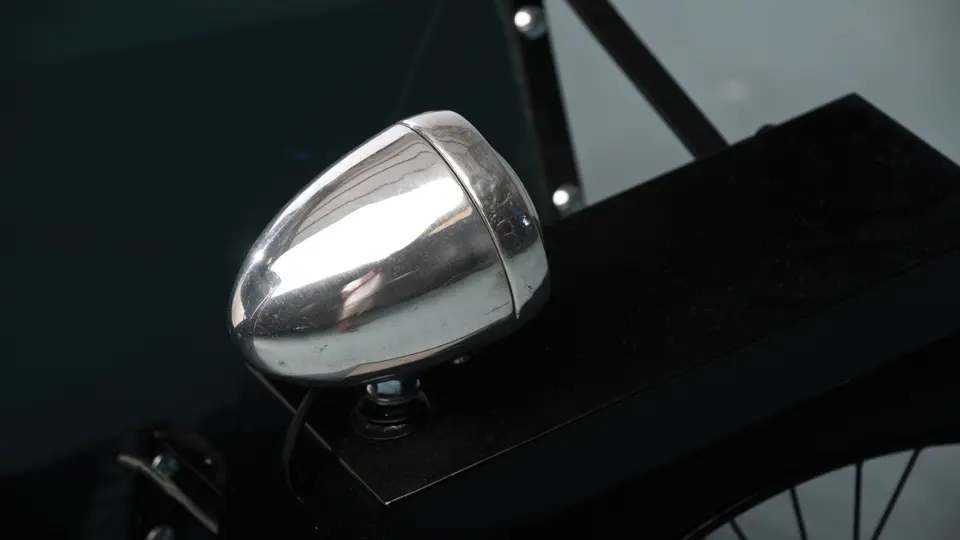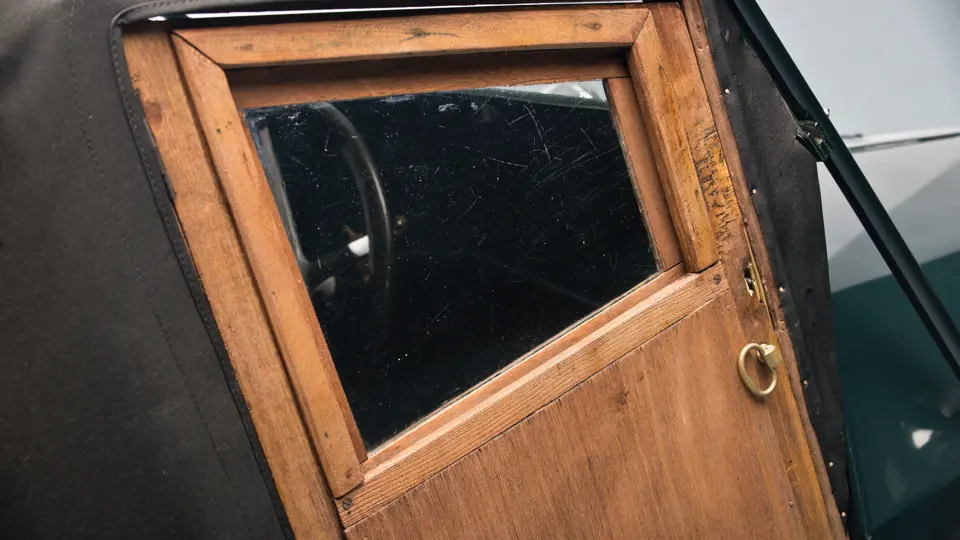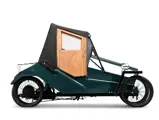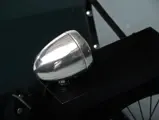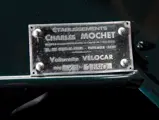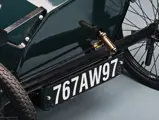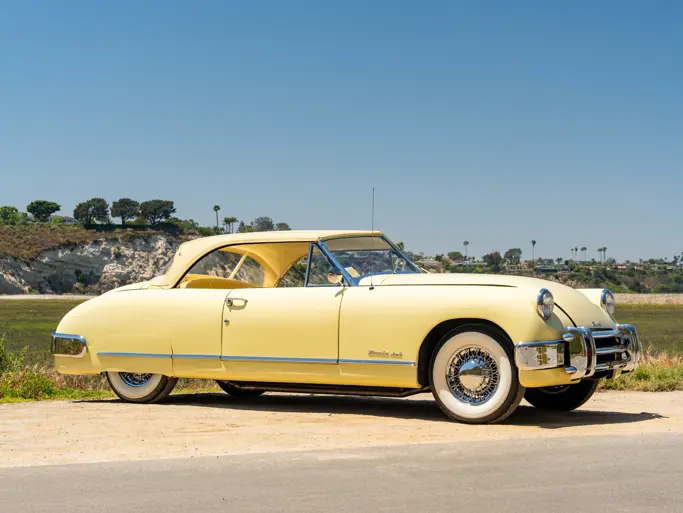An unconventional, rare, and fully restored early Type K with angular bodywork, an optional top, and delightful wooden doors.
SPECIFICATIONS
Manufacturer: Charles Mochet
Origin: Puteaux, France
Production: 650
Motor: Zurcher 1-cyl., 2-stroke
Displacement: 125 cc
Power: 3.5 horsepower
Length: 7 ft. 11 in.
Identification No. 1560
Georges Mochet successfully passed through the dark days of the Occupation. He had produced an ideal vehicle for the time, the pedal-operated Velocar, which restored to a downtrodden population the pride and dignity of owning a vehicle with four wheels. Pre-war, small companies like V.E.L. were fitting small proprietary motors like the 80-cubic centimeter Stanley to Mochet’s Velocars. These low-power motors often still required the passenger to jump out to help push on hills. The Velocar continued to sell after the war, but it was clear that the times were changing, and a proper factory-designed and installed motor was needed in the product range, hence the Type H.
There was a myriad of small car manufacturers “having a go” at making a small car. Some were experienced at design and production, some less so. Aerocarene, Alamagny, Ardex, Boitel, Dolo, Dommartin, Julien, New Map, and Rovin all showed much smaller cars than the smallest offerings of the large producers, like Simca or Renault, already at the 1947 Salon. It was clear that Mochet’s minimalist vision would need to be adjusted to fit into this new landscape.
So Georges set about reinventing his wooden Type H to produce his very first automobile, the all-steel Type K. It was also the first Mochet without pedals. The motor was upgraded to a 125-cubic centimeter version of the Zurcher, which used a separate three-speed gearbox. The chassis remained the same, with no front suspension and external contracting band-brakes on the rear wheels. He stuck to his principles of the minimum amount of work required to shape his body panels, and the result was a startling explosion of creased and folded flat panels in a multitude of triangular shapes in different sizes. The windshield was supported by the triangular buttresses characteristic of this type. With not a curve in sight, there was nothing else like it.
Clearly, his unconventional approach to body construction was not appreciated by all, and the Type K soon acquired more rounded, shaped panels, which prefigured the CM. This car is a fully and professionally restored example of the rare, early Type K, featuring a luxurious pair of fender-mounted headlamps, where most Ks made do with a single “Cyclops” lamp. The top was an optional extra, and the car is graced by a wonderful pair of angular wooden doors, which underline the artisanal approach to car ownership characteristic of the times.




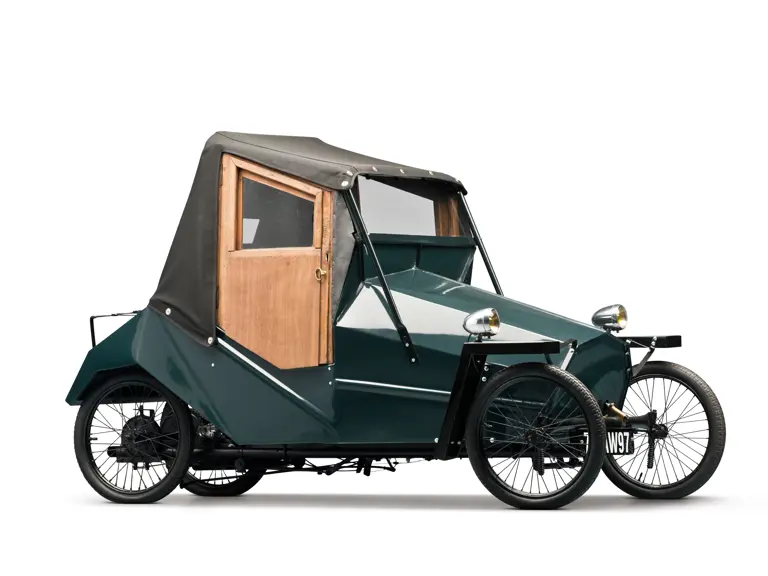
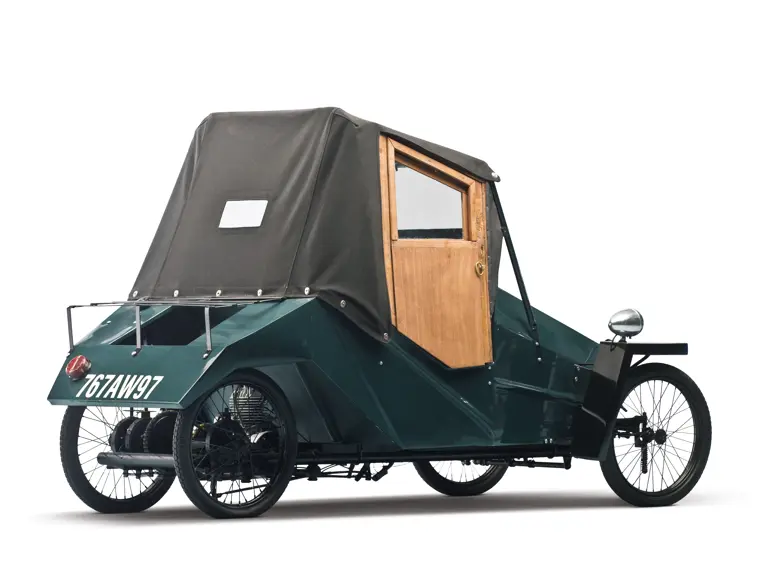

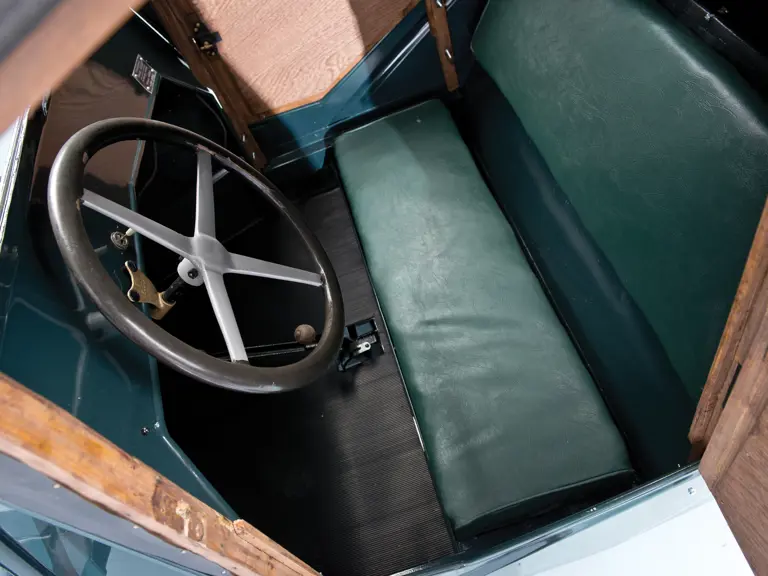

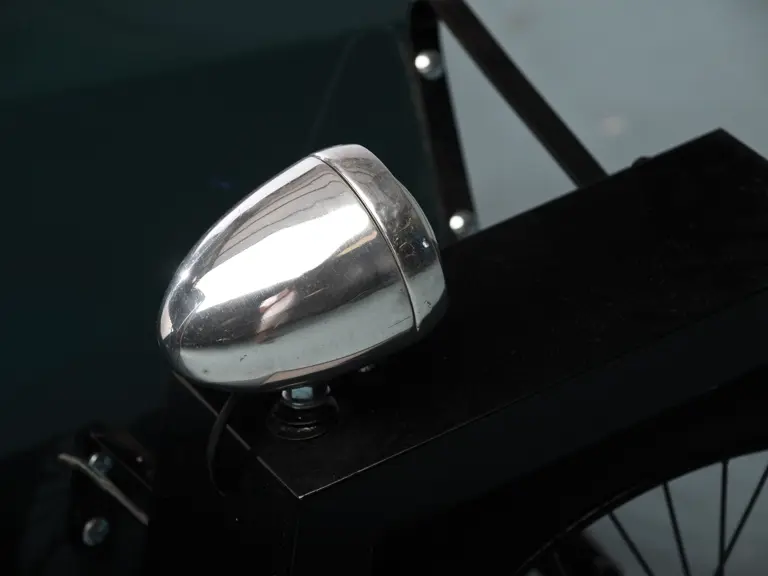


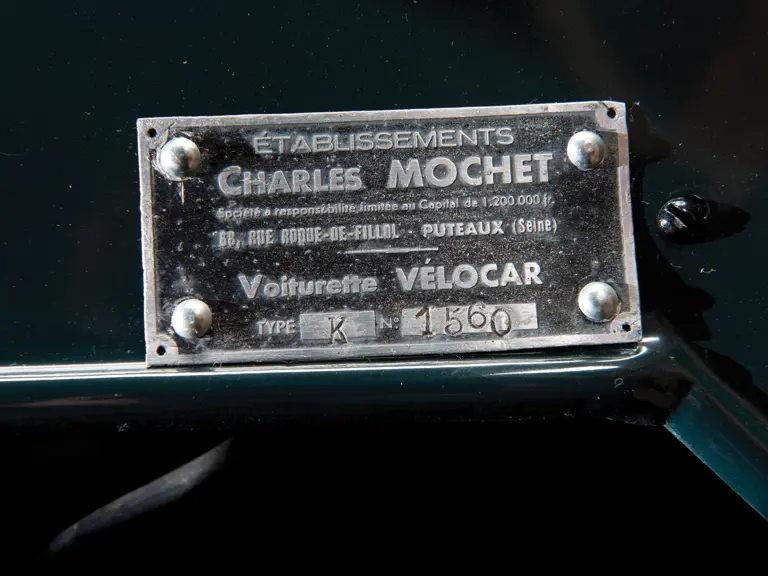
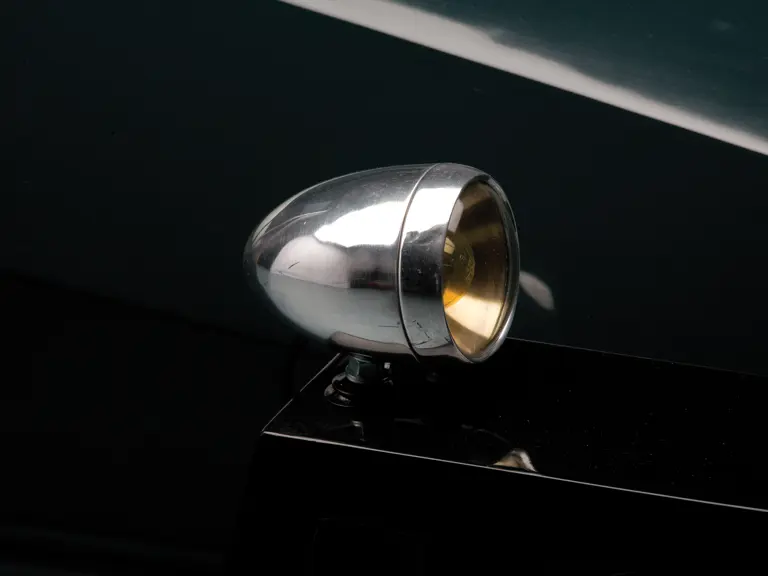
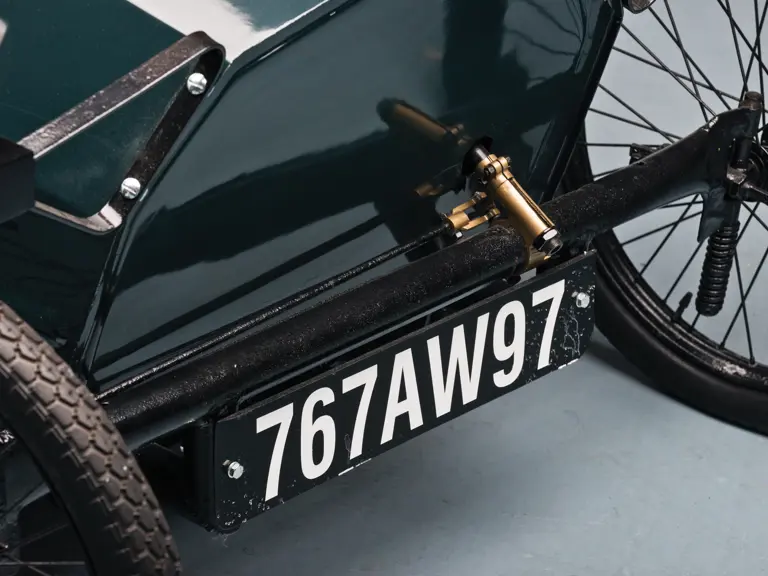
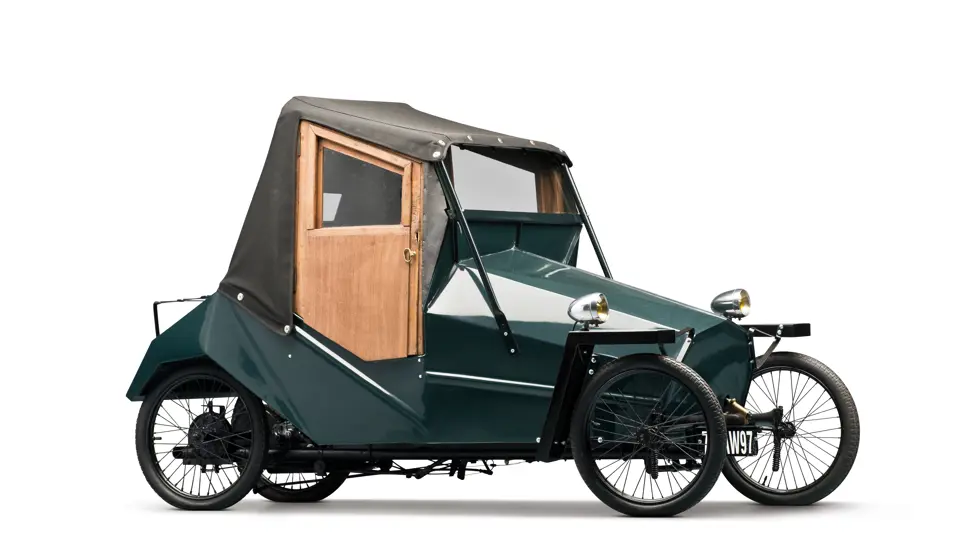
 | Madison, Georgia
| Madison, Georgia
